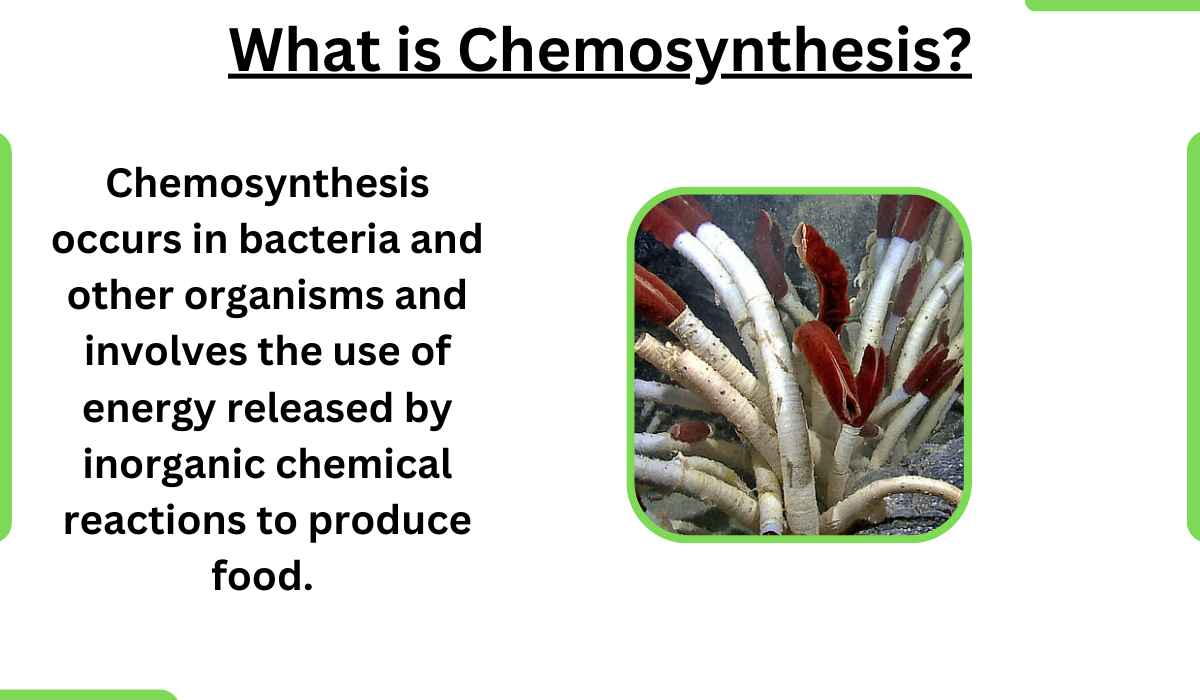Lungs and their Evolution-An Overview
A lung is an internal sac-shaped respiratory organ. A typical lung is present in the terrestrial vertebrates. This lung is composed of one or more internal blind pouches. Air is drawn or forced into these pouches.
The respiratory epithelium of the lungs is thin. It is highly vascularized. The lung is divided into a large number of small units. These small units greatly increase the surface area for gaseous exchange between the lung air and the blood. But only a portion of the lung air is replaced with one breath. Therefore, this blind-pouch construction reduces the efficiency of the exchange of gases
Birds have the most efficient lungs. They have a one-way pass through the respiratory system. A mammal removes approximately 25% of the oxygen from air with each breath. But a bird removes approximately 90% oxygen.
Evolution of Lungs
There is a close relationship between the evolution of the vertebrate lungs and the evolution of the swim bladder. The swim bladder is an air sac. It is located dorsal to the digestive tract in the body of many modern fishes. Some primitive fishes have lung-like structures These primitive fishes are ancestors of both modern fishes and tetrapods Evidence indicates that both lungs and swim bladders evolved from this lung the structure of primitive fishes.
These ancestral fishes had a ventral sac. This sac was attached to their pharynx. Sometimes, these fishes enter stagnant or oxygen-deficient water. Thus they could not obtain enough oxygen through their gills. Therefore, these fishes use this sac as a supplementary gas exchange organ.
These ancestral fishes swim to the surface for gulping air into this sac. They exchanged gas through the wall of this sac. Then two types of evolution took place in this blind sac.
Read about Skin of Fishes
1. Formation of swim bladder:
First adaptation took place in modern bony fishes. The blind sac changed into a swim bladder. The swim bladder of these fishes lies dorsal to the digestive tract.
2. Formation of the lung
The other adaptation formed lungs. Lungs are present ventral to the digestive tract. A few present-day fishes and tetrapods have ventral lungs. There is an evolution of the larger body sizes and higher metabolic rates in endothermic vertebrates like birds and mammals. Thus the evolution of complex lungs also took place in them. It has increased the surface area for gas exchange.

 written by
written by 



Leave a Reply